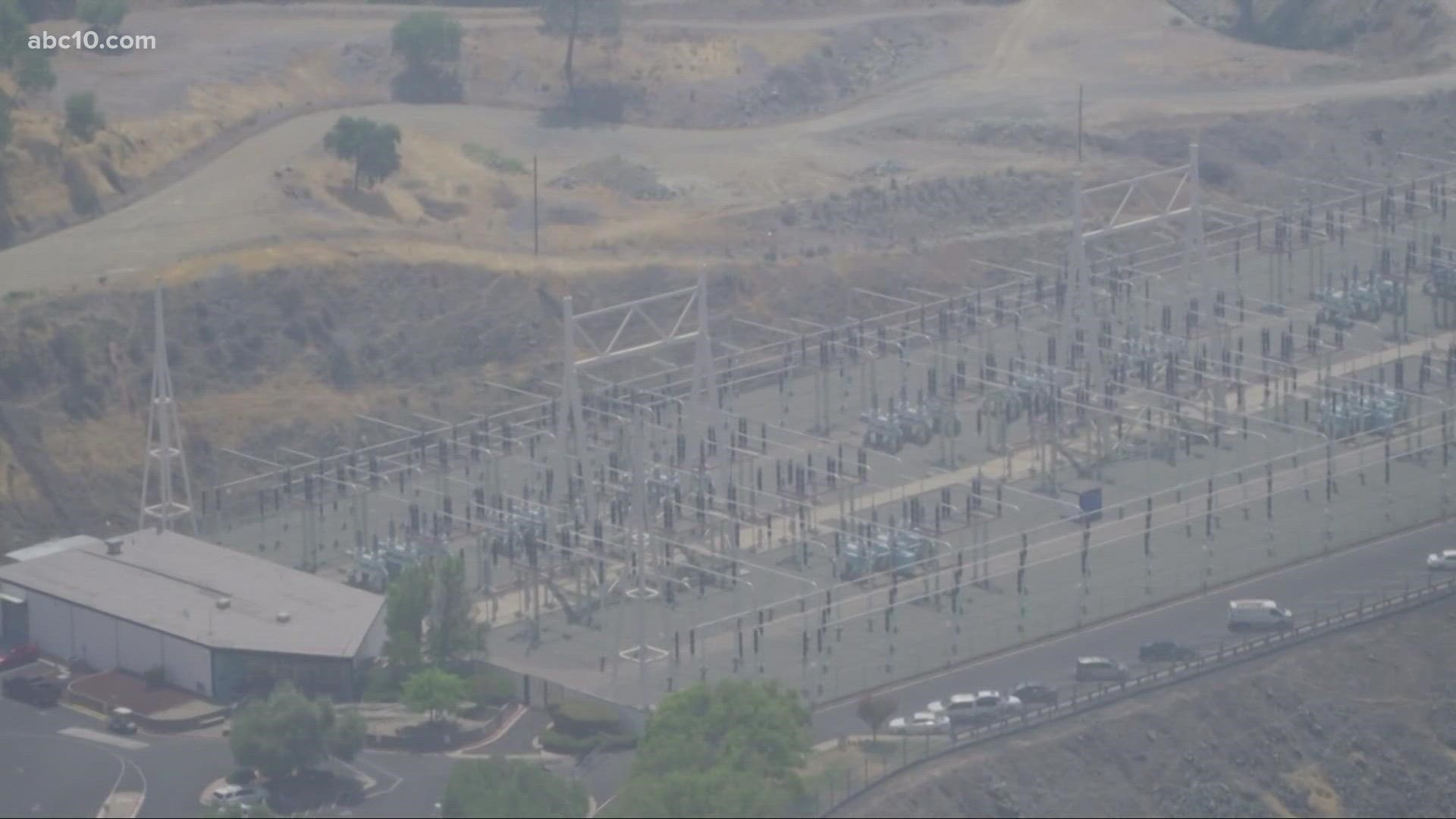SACRAMENTO, Calif. — From historic drought to record setting rain and snow, California is now starting to see the multiple benefits of its big start to the wet season.
The epic start to the wet season is delivering drought relief and big climate benefits to California.
With the Hyatt Powerplant back online at Lake Oroville for the first time in 5 months, Mark Hafner with the Department of Water Resources (DWR) says there’s less need for fossil-generated electricity.
When demand goes up, the California Independent System Operator can use the clean renewable energy to power the grid instead of relying on fossil-generated power sources and lower overall grid greenhouse gas emissions.
The ongoing drought created big strains on Northern California reservoirs.
Lake Oroville stopped producing hydropower on Aug. 5. The strain of the ongoing drought left many lakes with all time low water levels.
Hafner says the dry conditions were not a total loss though. The low lake levels provided DWR with the opportunity to do continued maintenance to ensure good reliability for the upcoming season.
Lake Oroville is home to the nation’s tallest dam, and in February 2017, it had massive erosion when drought busting rain and snow hit.
If current wet trends continue, the state will see another test of reservoir stability.
WATCH ALSO:

















